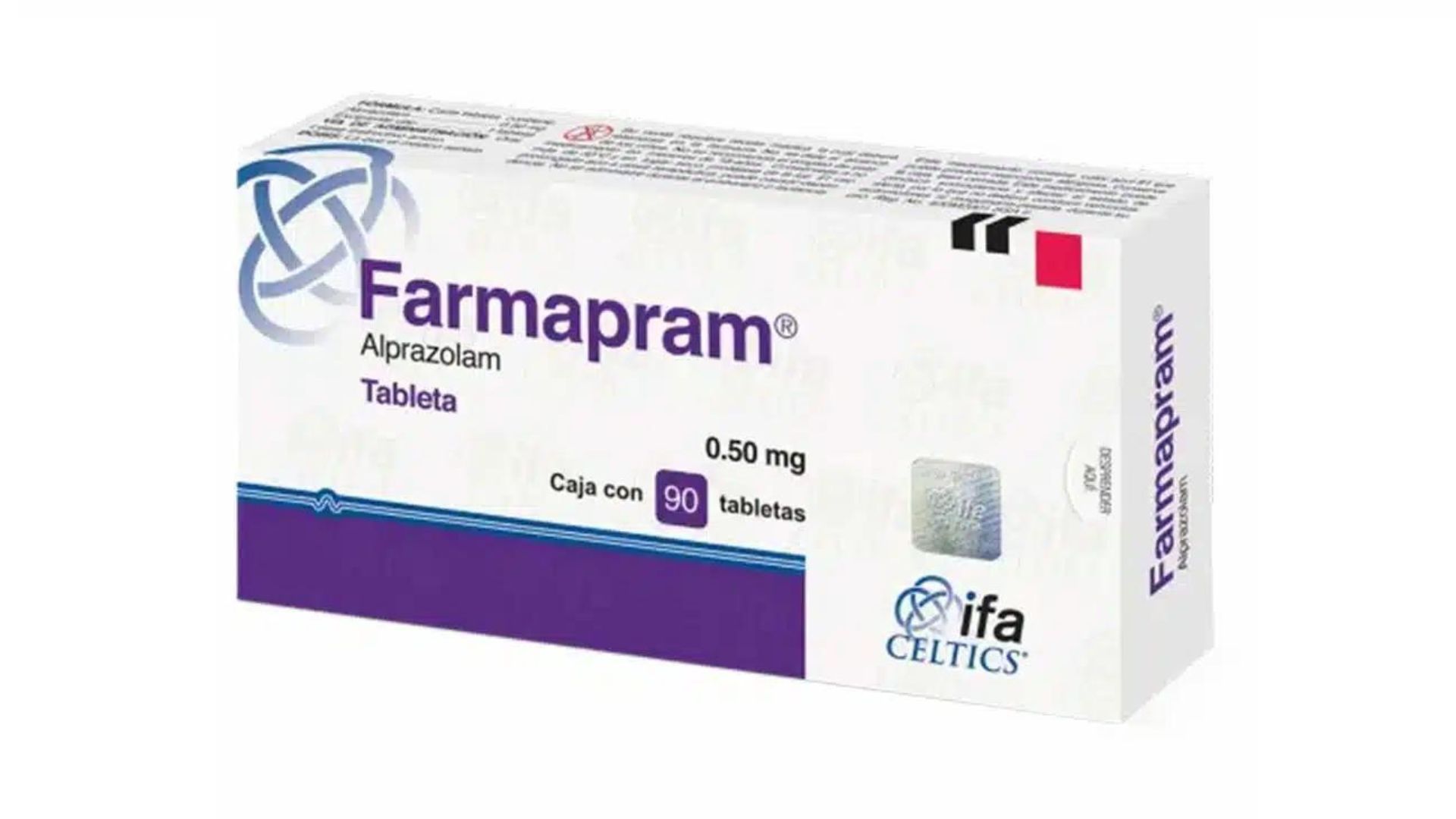Mindblown: a blog about philosophy.
-
Novox Carprofen Chewable Tablets for Arthritis Relief in Dogs
When it comes to managing pain and inflammation in dogs, especially those stemming from conditions like arthritis, veterinary medicine has made considerable advances. One such progress is the development and use of Novox Carprofen chewable tablets. Not only does this medication offer a pathway to relief for our canine companions, but it also underscores the…
-
Noromycin 300 LA Antibiotic Package Insert for Cattle
In the world of animal healthcare, efficient and reliable treatments for common diseases are paramount to maintaining healthy livestock. This is particularly true in cattle, where the onset of diseases like bacterial pneumonia can have devastating effects on a herd. Among the arsenal of medications at a veterinarian’s disposal, Noromycin 300 LA stands out as…
-
Dafloxen | Uses, Side Effects, Interactions, Dosage & More
As medications continue to play a critical role in managing health conditions, understanding their comprehensive profile is crucial for both healthcare professionals and patients. Dafloxen, a prominent name amongst anti-inflammatory medications market, serves as an excellent case study for such an exploration, including the review of effects of nonsteroidal anti-inflammatory drugs. This article aims to…
-
Pink K56 Pill – Images, Side Effects, and Identifier
If you’ve recently been prescribed a small, round, pink pill with “K56” imprinted on it, you might have several questions. What is this medication, and what can it do for you? This article dives deep into the heart of the pink K56 pill, uncovering its uses, how to correctly identify it, its side effects, risks,…
-
Farmapram: Understanding the Mexican Xanax Bar and its Dangers
In recent years, the mysterious allure of Farmapram, often dubbed the ‘Mexican Xanax bar’, has spread far beyond Mexico’s borders, igniting both curiosity and concern internationally. Unlike the widely recognized brand-name Xanax, Farmapram’s origins and implications for health and legality are less known to many. This deep dive into the world of Farmapram aims to…
-
Migradorixina Effective Migraine Relief with Ergotamine
Migraines, a type of vascular headache that affects millions worldwide, have long posed a challenge in the medical community due to their complex nature and the variety of triggers and symptoms they involve. Recent advances in pharmaceuticals have brought forward a number of treatments designed to alleviate the debilitating symptoms of migraines. Among these, Migradorixina,…
-
Libertrim SII (Trimebutine) – Uses, Side Effects, and Interactions
Libertrim SII, containing Trimebutine as its active ingredient, is a pharmaceutical product widely utilized in the management of Irritable Bowel Syndrome (IBS) and various other gastrointestinal disorders. This article delves into the medical uses, side effects, dosage recommendations, pharmacological mechanisms, and safety precautions related to Libertrim SII, providing a comprehensive overview of its role in…
-
Tafirol Flex Capsules with Paracetamol Side Effects & Dosage
Understanding the side effects of any medication is crucial to managing your health effectively. Tafirol Flex, a medication that combines chlorzoxazone and paracetamol, is commonly prescribed to relieve pain and muscle spasms. While it can be an effective part of a treatment regimen, it is essential to be aware of the potential side effects and…
-
What You Need to Know About The Black Beauties Drug?
Amid rapid advancements in medical sciences and the growing complexity of pharmacological formulations, understanding the nature and effects of certain drugs, especially those with a dark past, becomes imperative. Black Beauties, a term that once held a different connotation in the pharmaceutical realm, has evolved over the years. This article delves deep into the essence…
-
Frenadol Complex | Symptomatic Relief of Flu with 10 Sachets
The onset of flu and cold symptoms can unsettle the busiest of schedules, leading to discomfort and downtime, underscoring the importance of having Frenadol Complex, especially the convenient 10 sobres, ready for immediate use. Recognizing the need for effective and convenient relief, It has emerged as a go-to solution, offering symptomatic relief of flu with…
Got any book recommendations?









